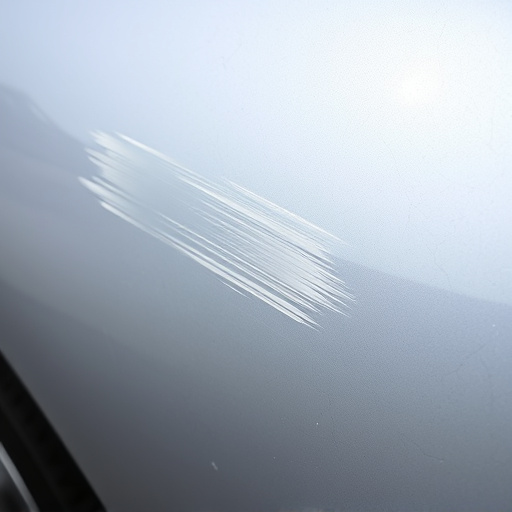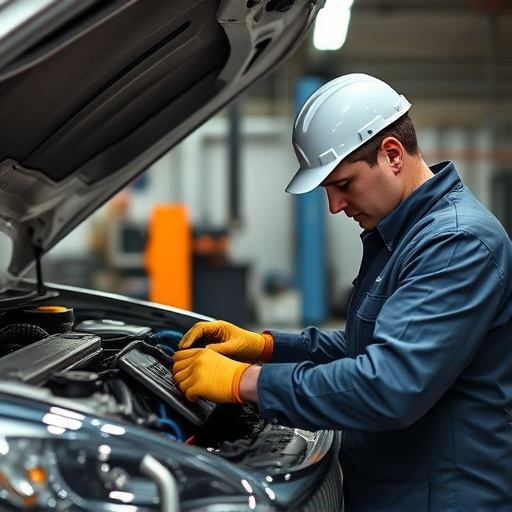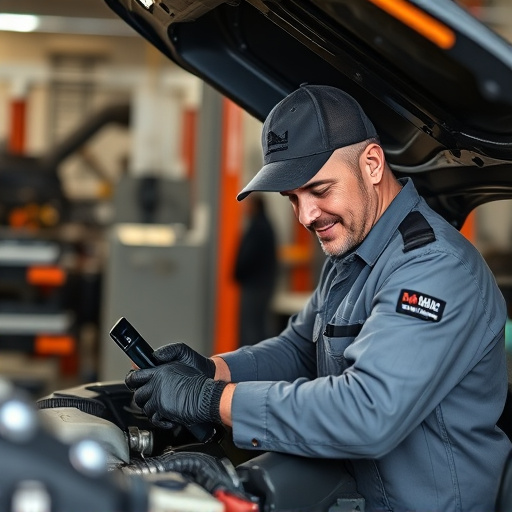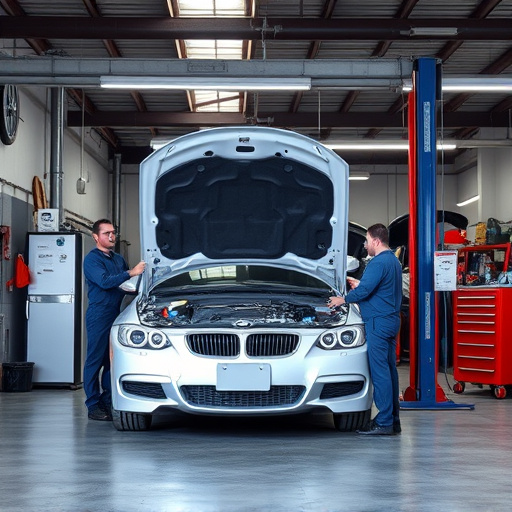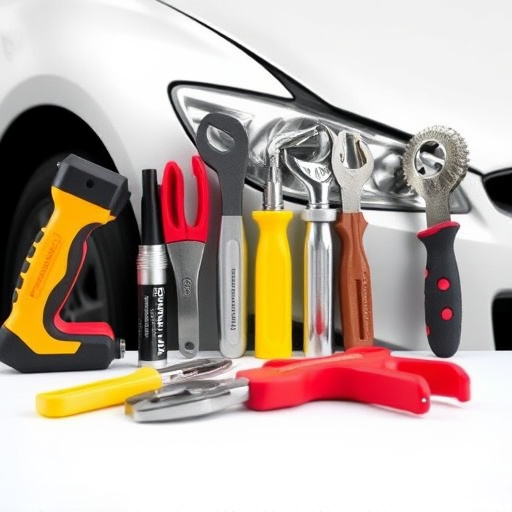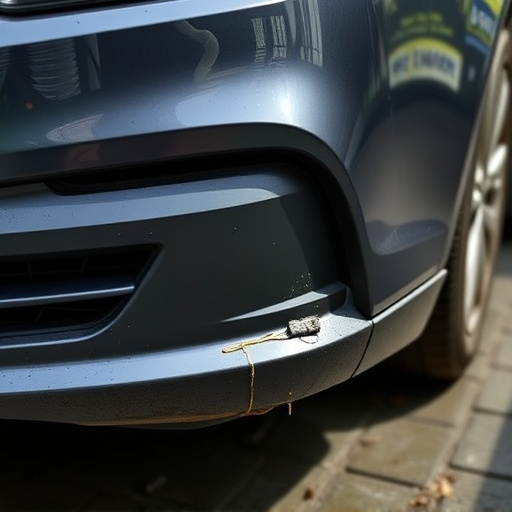In today's digital era, repair status updates are vital for building trust between auto body shops and customers. These transparent communications keep clients informed about their vehicle's restoration progress from initial assessment to completion. To ensure accurate updates, directly communicate via phone, email, or in-person visits; obtain work orders and photos; and use digital tools like online portals or mobile apps. Regular checking ensures alignment between reported and actual work. Maintaining open communication, including proactive sharing of delays or challenges, builds trust and demonstrates commitment to vehicle care, leading to higher customer satisfaction.
In today’s digital age, transparent communication is key when it comes to repair status updates. As consumers, understanding the progress and accuracy of our device repairs is essential. This article delves into the critical aspects of verifying these updates, exploring methods to ensure information integrity. From recognizing red flags to implementing best practices for reliable communication, we’ll guide you through navigating the process, empowering you to make informed decisions post-repair.
- Understanding Repair Status Updates: The Importance of Transparency
- Methods to Verify the Accuracy of Update Information
- Best Practices for Ensuring Reliable Communication During Repairs
Understanding Repair Status Updates: The Importance of Transparency

In today’s digital age, transparency is paramount when it comes to repair status updates, especially in the automotive industry. Customers who bring their vehicles for auto body work or car scratch repair expect clear and timely communication about the progress of their restoration. Repair status updates serve as a bridge between the service provider and the customer, fostering trust and ensuring both parties are on the same page. These updates can take various forms, from simple text messages to detailed online portals that provide real-time insights into the repair process.
By offering frequent and accurate repair status updates, businesses demonstrate professionalism and respect for their customers’ time and investment. For instance, a transparent update might include information about completed tasks, remaining work, estimated completion times, and any unexpected issues discovered during the vehicle restoration process. Such openness not only keeps customers informed but also empowers them to make informed decisions and plan their schedules accordingly.
Methods to Verify the Accuracy of Update Information

To ensure the accuracy of repair status updates, several methods can be employed. One effective approach is to directly communicate with the repair shop or service center responsible for the work. This could involve making phone calls, sending emails, or even visiting the facility in person to inquire about the progress and verify any reported repairs. During these interactions, it’s crucial to obtain detailed documentation, such as work orders or digital photos, that support the updates received.
Additionally, leveraging digital tools designed for tracking repair status can significantly enhance accuracy. Many reputable collision repair services offer online portals or mobile apps where customers can access real-time updates on their vehicle’s repairs. These platforms often include features like progress reports, uploaded images of the car bodywork, and even estimated completion times. By regularly checking these updates, you can ensure that the reported work aligns with what is actually being done, including any dent removal or other cosmetic enhancements.
Best Practices for Ensuring Reliable Communication During Repairs
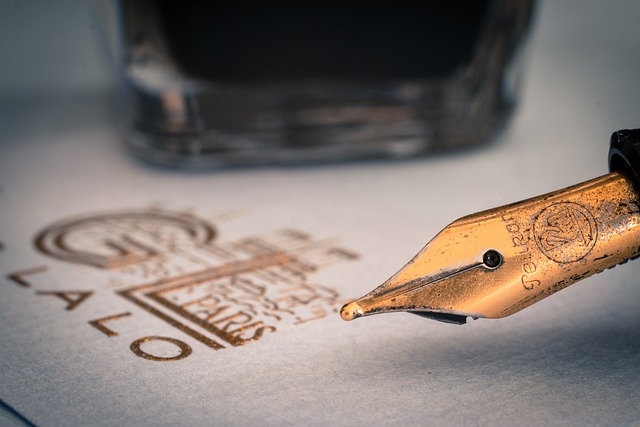
Maintaining open and transparent communication during the repair process is paramount to ensuring customer satisfaction. Establishing clear channels for delivering and receiving repair status updates fosters trust between the client and the repair facility. A best practice is to implement a system where customers can easily access real-time information about their vehicle’s progress, such as dedicated mobile apps or text message notifications. This enables them to stay informed without constantly calling or visiting the shop.
Additionally, fostering effective communication involves keeping all parties updated on potential delays or unforeseen challenges related to dent removal, auto glass repair, or car damage repair. Proactive transparency builds anticipation and allows for better scheduling adjustments. Regular, concise updates provide reassurance to customers, demonstrating that their vehicle’s well-being is a priority.
Ensuring the accuracy of repair status updates is vital for maintaining transparency and reliable communication between service providers and clients. By employing methods like direct verification with the technician, using dedicated tracking tools, and adopting best practices such as regular confirmation emails, you can significantly improve the reliability of these updates. Remember, clear and consistent information builds trust, facilitates efficient troubleshooting, and ultimately enhances the customer experience during repair processes.
